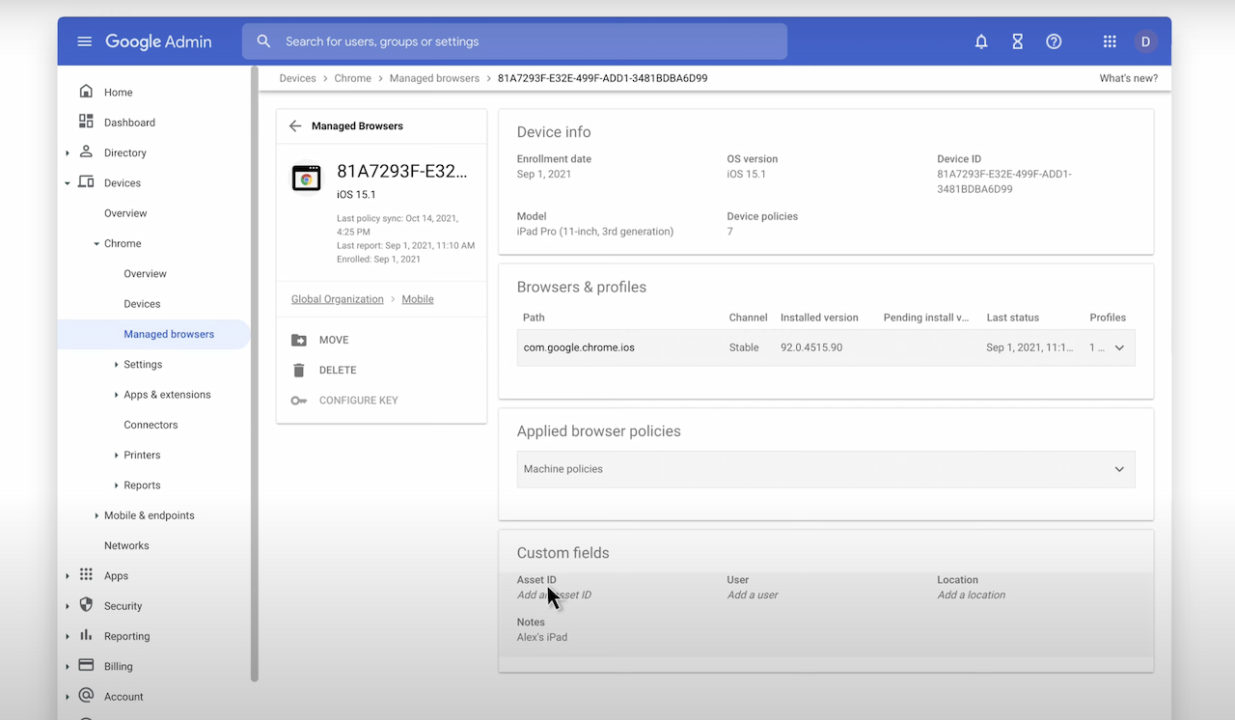I don’t often write about MDM, or Mobile Device Management, which is strange. I actually managed fleets of devices two decades ago in the early mobile internet days. But history repeats itself they say, so here we go again. On Tuesday, Google Chrome Browser Cloud Management gained support for managing Android and iOS devices.
Essentially, this means that small businesses and enterprises that currently manage Windows, macOS, and Linux computers through Google Chrome can do the same with modern mobile devices. This program is similar to the Chrome Enterprise management platform used to administer Chromebooks and other Chrome OS devices.

With Google Chrome Browser Cloud Management, IT administrators can set more than 100 different policies across devices, organizational units, or even company-wide.
Google says the high-level benefits are:
- Configure and set Chrome policies across platforms for a more secure and consistent cross-device user experience
- Get aggregated reports about browsers, versions, and device details to make better decisions within their corporate environment
- Use APIs to export information for custom dashboards and workflows
Think of these policies as control over allowing certain browser extensions, for example, or allowing the use of a PIN to log in to a device instead of requiring a full password.
It’s a way to lock down the Chrome browser and web apps in a way that fits the organization. In the case of Chromebooks and other Chrome OS devices, it adds control at the actual device level.
The following video explaining Google Chrome Browser Cloud Management will give you a better idea of the capabilities, as well as the support extended to Android and iPhones. By the way, I’m living proof that although Android and Chrome OS are well integrated, you can happily use a Chromebook as an iPhone owner.
Keep in mind that this new support doesn’t give IT complete access to manage your phone.
This is specifically for the Chrome browser. So you can comfortably use your own approved handset in the workplace and not worry about your personal apps and usage. Well, at least outside of the Chrome browser, that is.
While the new support for Android and iPhone devices doesn’t apply to me, I can appreciate the solution. I wish we had such a centralized browser-based solution back in the good old days!

